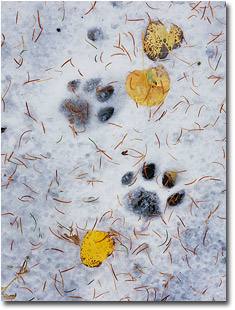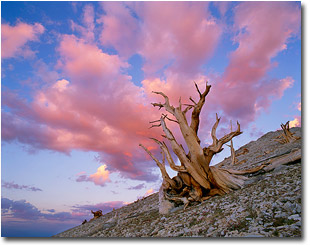Landscape Artistry
Ten Tips for Becoming a Better Landscape ArtistText and photography copyright Guy Tal
 1. Get Intimate
1. Get Intimate
To many people, the term Landscape Photography conjures images of sweeping views, magnificent vistas, and wide expanses of big sky, imposing mountains, deep canyons, and vast oceans. These compositions, sometimes referred to as "Grand Scenics," derive their impact from sheer enormity, leaving the viewer in awe of nature's might. Still, it often pays to explore the magic of intimate scenes. The camera allows us to constrain certain elements and separate them from a larger context, giving us the power to explore their individual characteristics and produce unique images. Intimacy is achieved by working from within the scene with few elements, carefully arranged, leaving out the sky and horizon and any unrelated items that might distract the viewer's attention. This does not necessarily imply a small scale; an intimate image can contain fairly large elements. But the fewer the elements, and the more defined their unique features are, the more powerful your image will be. The Mountain Lion Tracks image was made on a trip to photograph fall color in Northern Utah. While my goal was to capture aspen groves glowing in their autumn display, I was more than willing to give those up for a long tracking excursion after I found these tracks in the fresh snow. Despite having made several wonderful images of aspen, this image is by far my favorite of the trip.
Previous Page Next Page

| 


